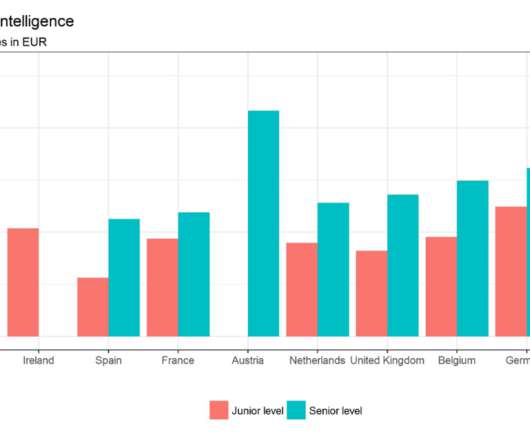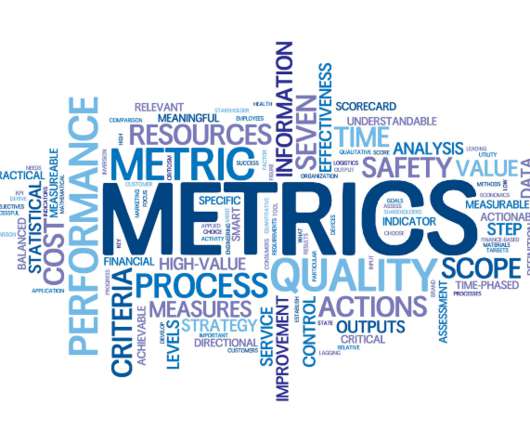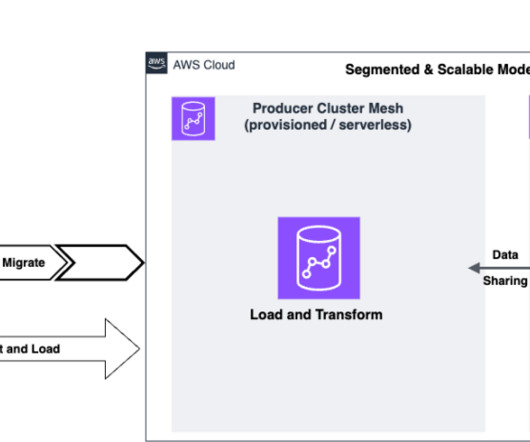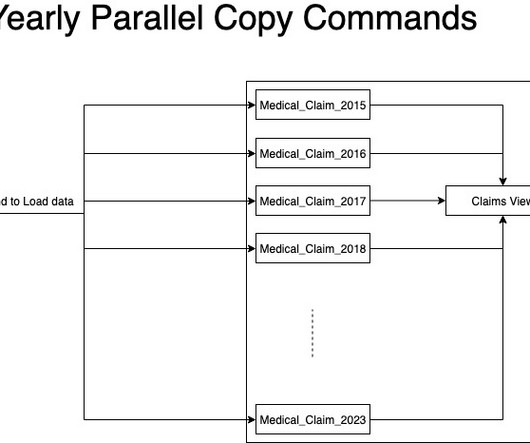Deciphering The Seldom Discussed Differences Between Data Mining and Data Science
Smart Data Collective
NOVEMBER 18, 2020
The Data Scientist profession today is often considered to be one of the most promising and lucrative. The Bureau of Labor Statistics estimates that the number of data scientists will increase from 32,700 to 37,700 between 2019 and 2029. Previously, such problems were dealt with by specialists in mathematics and statistics.























Let's personalize your content